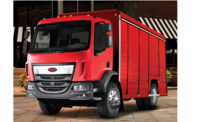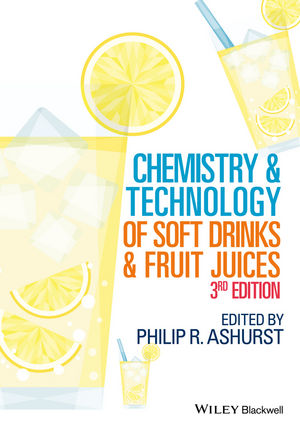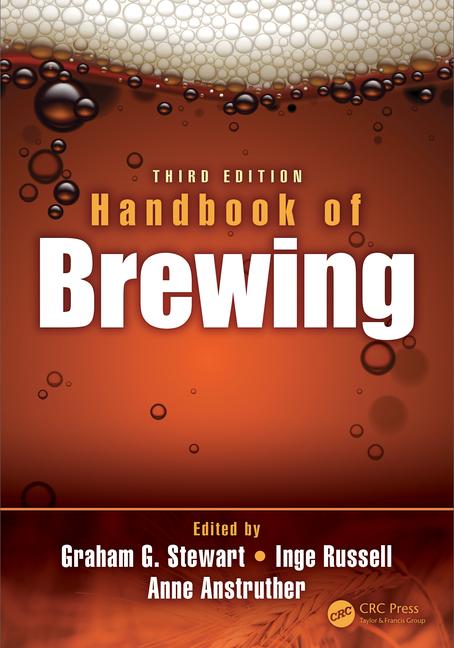New River Exemplifies New PBG Production Model
In 2004, Pepsi Bottling Group opened the New River Valley manufacturing facility in Wytheville, Va., its first new plant in several years. With an annual capacity of 61 million cases, the plant houses four production lines, and serves about 1,200 retail customers in Virginia, West Virginia, Maryland, Delaware, New Jersey and Pennsylvania.
According to Gary Wand-schneider, senior vice
president of operations, the new plant allowed PBG to consolidate
operations in the region, and add production of products such as Aquafina
and Lipton teas, which previously were bottled elsewhere and shipped to the
area. “This gave us an opportunity to install that capability in a
region where we didn’t have it. Now we can service the marketplace
from that facility,” he says.
The facility has a small-bottle PET line that runs
1,200 bottles per minute of both carbonated and non-carbonated products,
and uses volumetric filling rather than gravity filling to provide more
consistent fill heights. It also has a large-bottle PET line that fills 350
2-liter bottles per minute; a can line that runs 1,200 cans per minute in
multiple package configurations; and a 3,600-gallon-per-hour bag-in-box
line for 3- and 5-gallon bags. In all, the plant is able to fill seven
bottle sizes: 12-ounce, 500-ml., 20-ounce, 24-ounce, 1-liter, 1.5-liter and
2-liter bottles.
The plant features a tilt-up construction and a
textured sandblasted exterior, which the company says will allow it to be
maintenance-free for years to come. It is highly automated, using robotic
palletizers on the 5-gallon fountain syrup line, the PET bottle line, and
the PET bottle depalletizers. It also features a clean design, “which
is basically designing the line and the physical structure so it is
virtually maintenance free from a cleaning perspective,” says Wandschneider. “Historically, you’d have a filler in a
filling room, and the room and floor were all tiled. It’s very
expensive to maintain that over time. What we do now is put the fillers in
enclosed stainless steel compartments that are self cleaning. We
don’t have the same maintenance criteria we had years ago.”
Just as PBG strives to provide straightforward
guidance to its sales and distribution teams through its First Focus
initiative, it has designed its new Wytheville plant around the concept of
clarity, “so an operator has a very good understanding of what
winning looks like,” says Wandschneider. “We don’t want
anyone in our facilities to walk away without understanding
what’s expected of them, and if they are winning, in real
time.”
To that end, the company endeavored to make the
employee/machine interface more intuitive, and it incorporated the Toyota
model of a visual factory in the plant. Wandschneider uses the analogy of
an airport to describe the visual factory concept, explaining that even a
person who has never been in an airport can easily find their way around
because it is so clearly marked. An employee in the Wytheville plant can
similarly maneuver the plant and its machinery
thanks to its clear design.
“It helps people understand where things belong
and what we’re looking for from an expectation perspective,” he
says. “What we’ve been able to do fairly successfully in New
River is ‘foolproof’ the equipment
so the chances of making a mistake are non-existent.” BI



